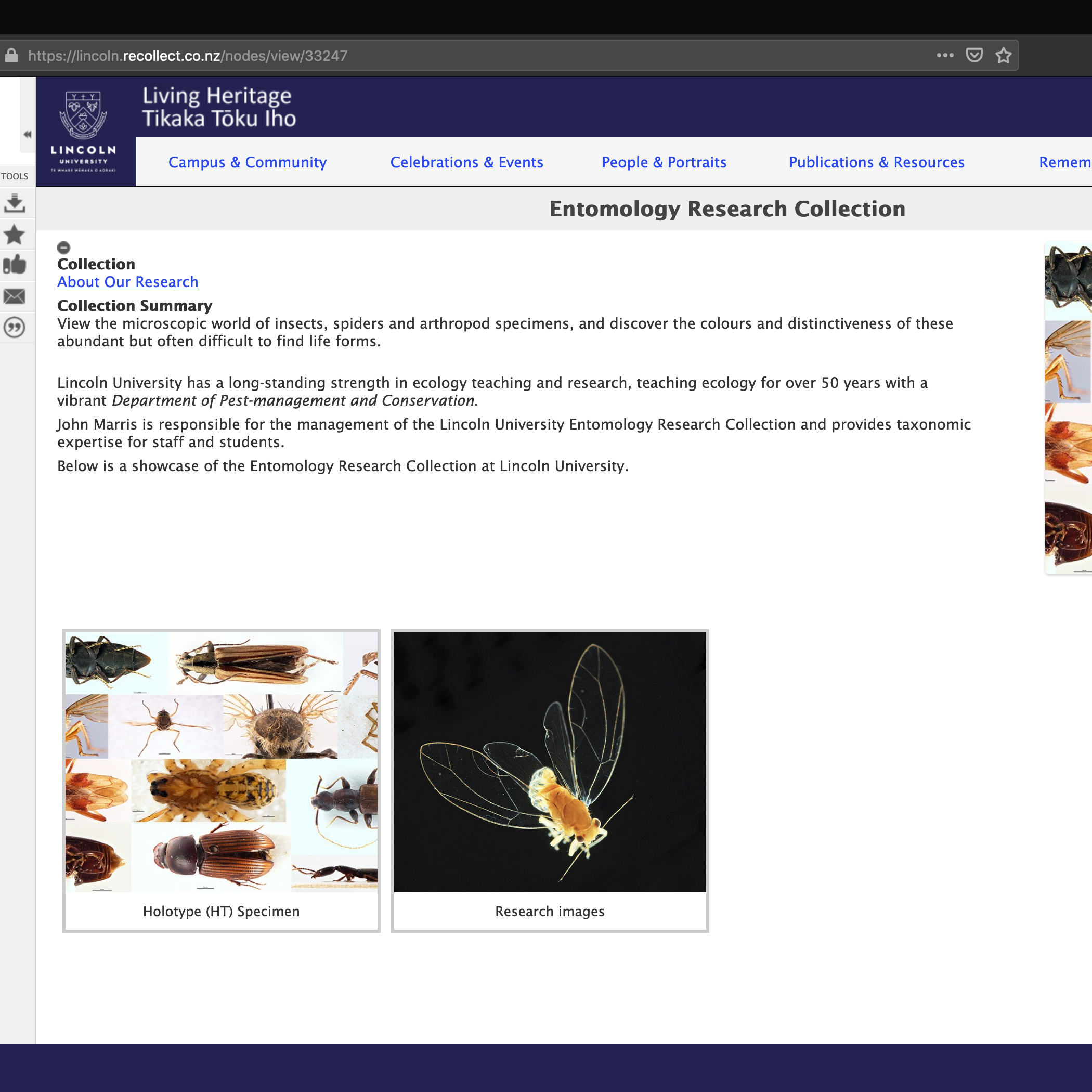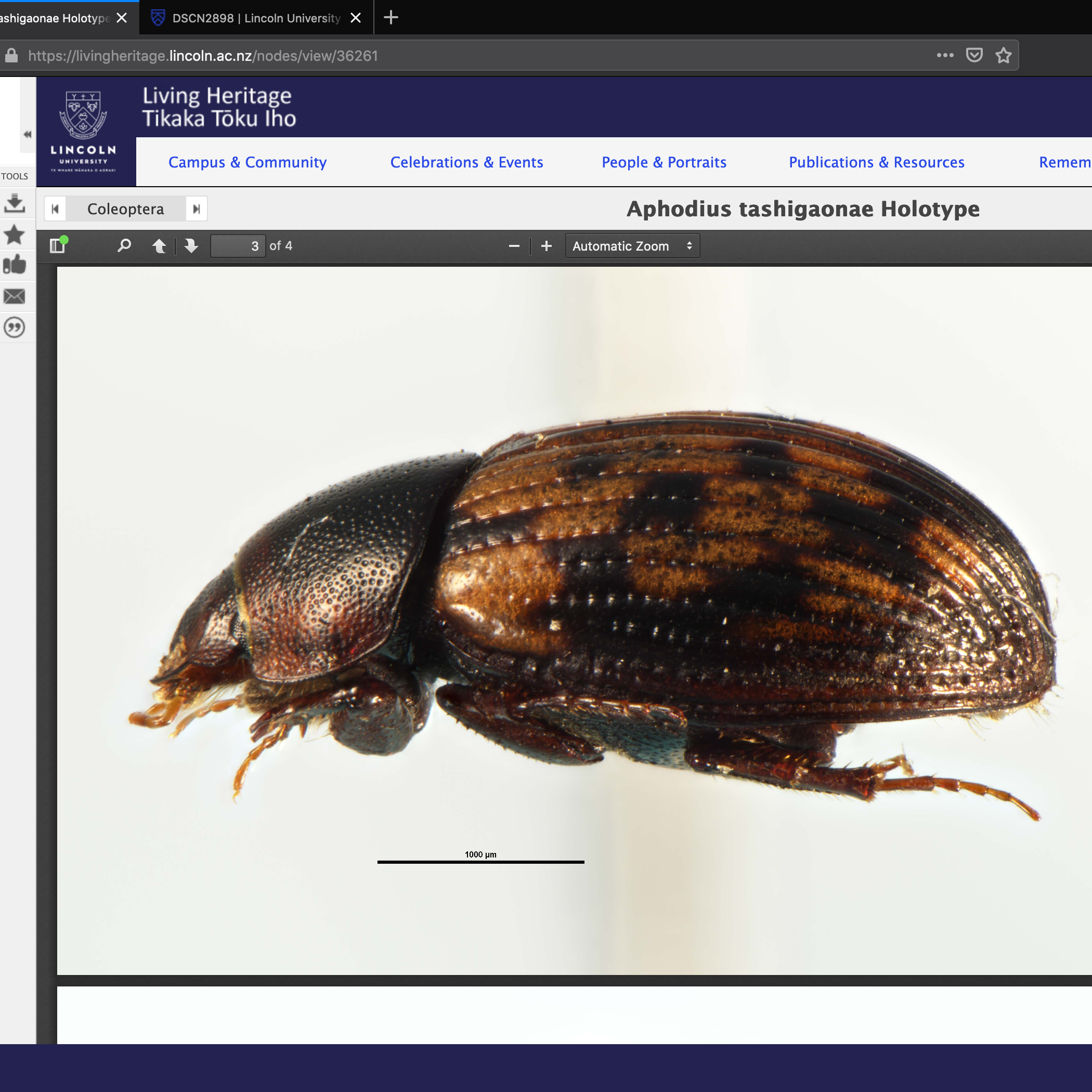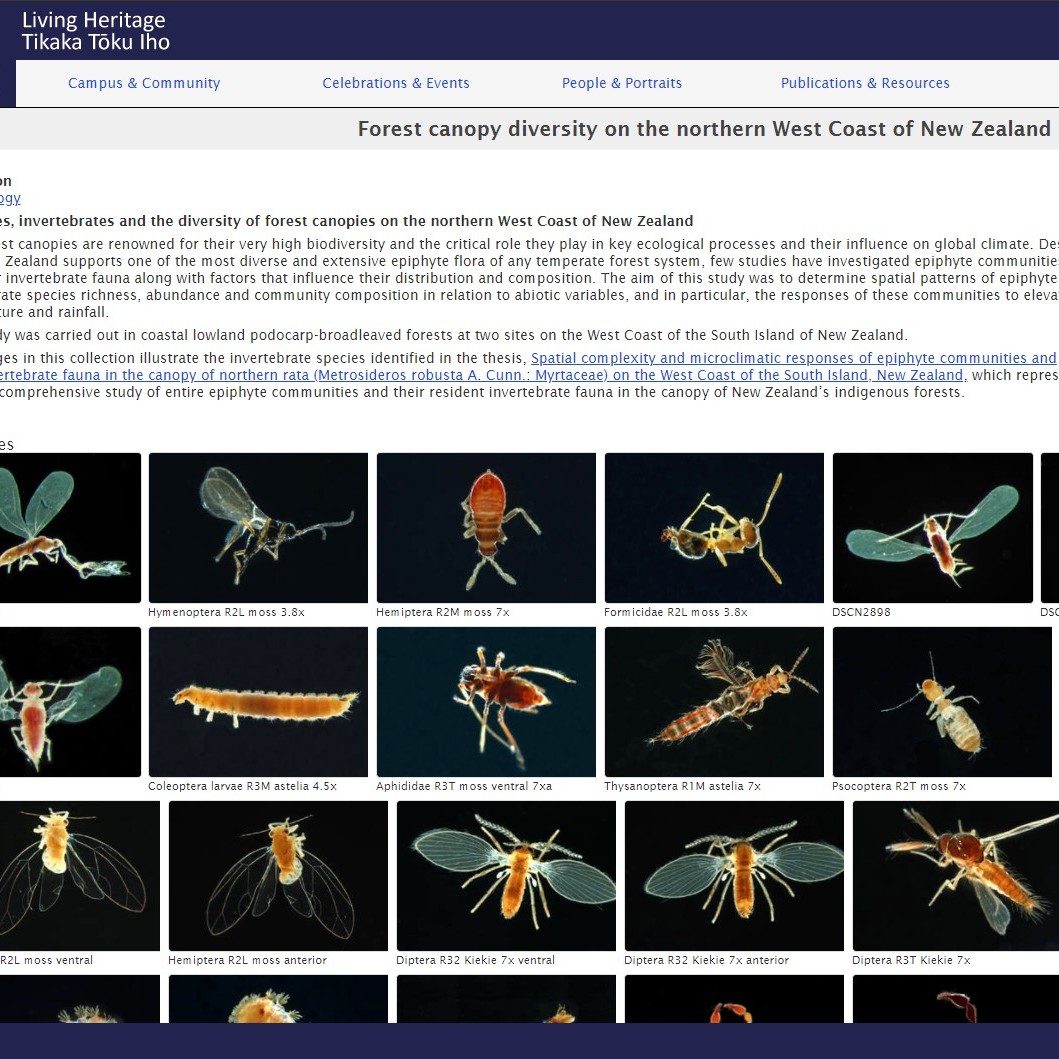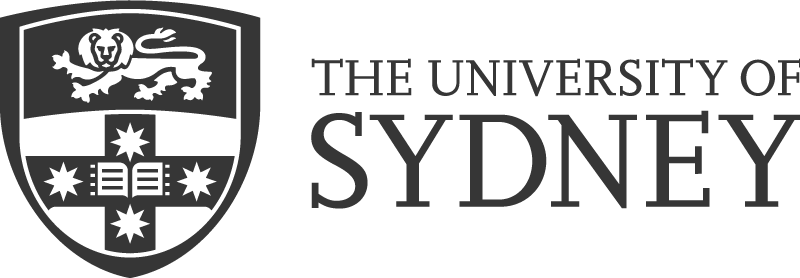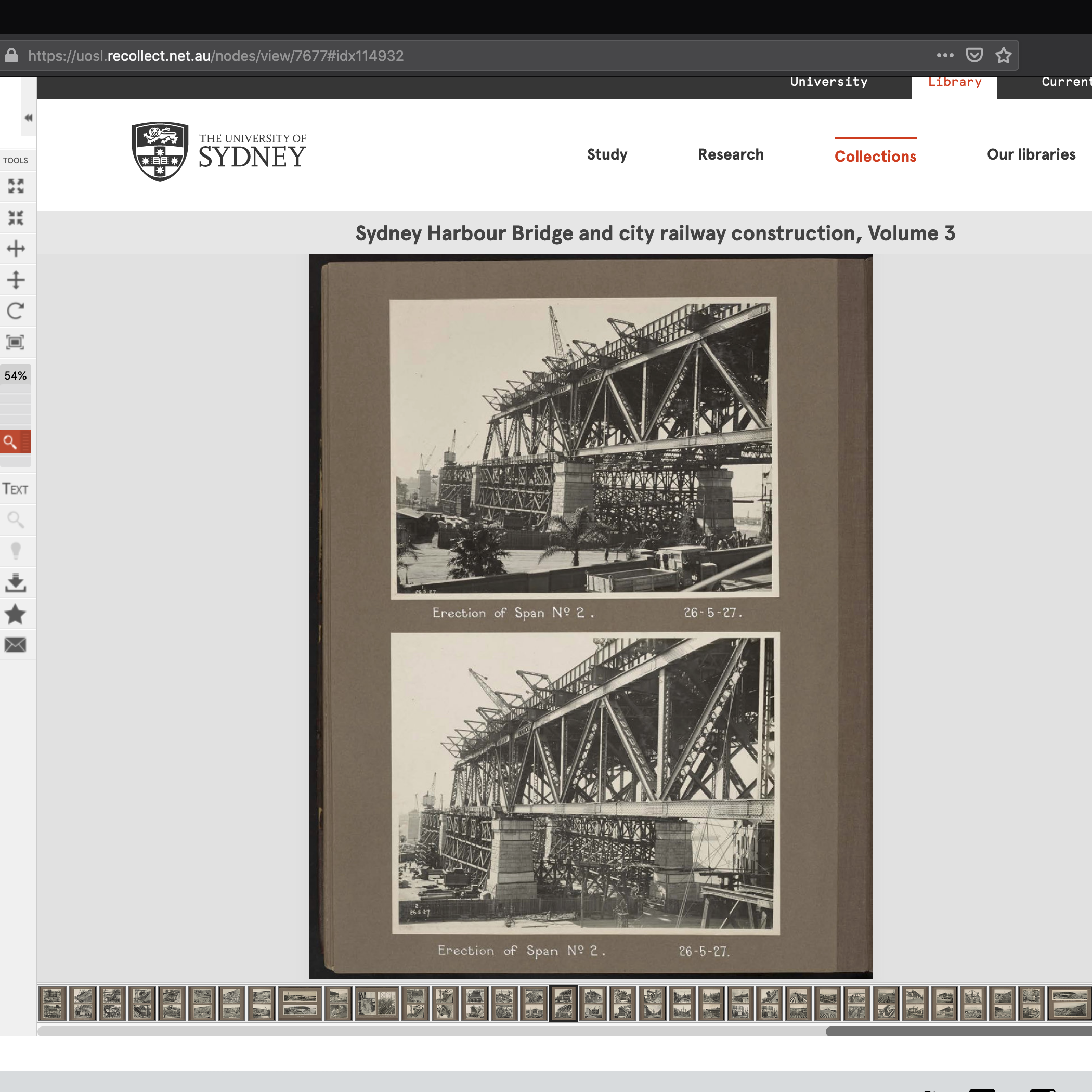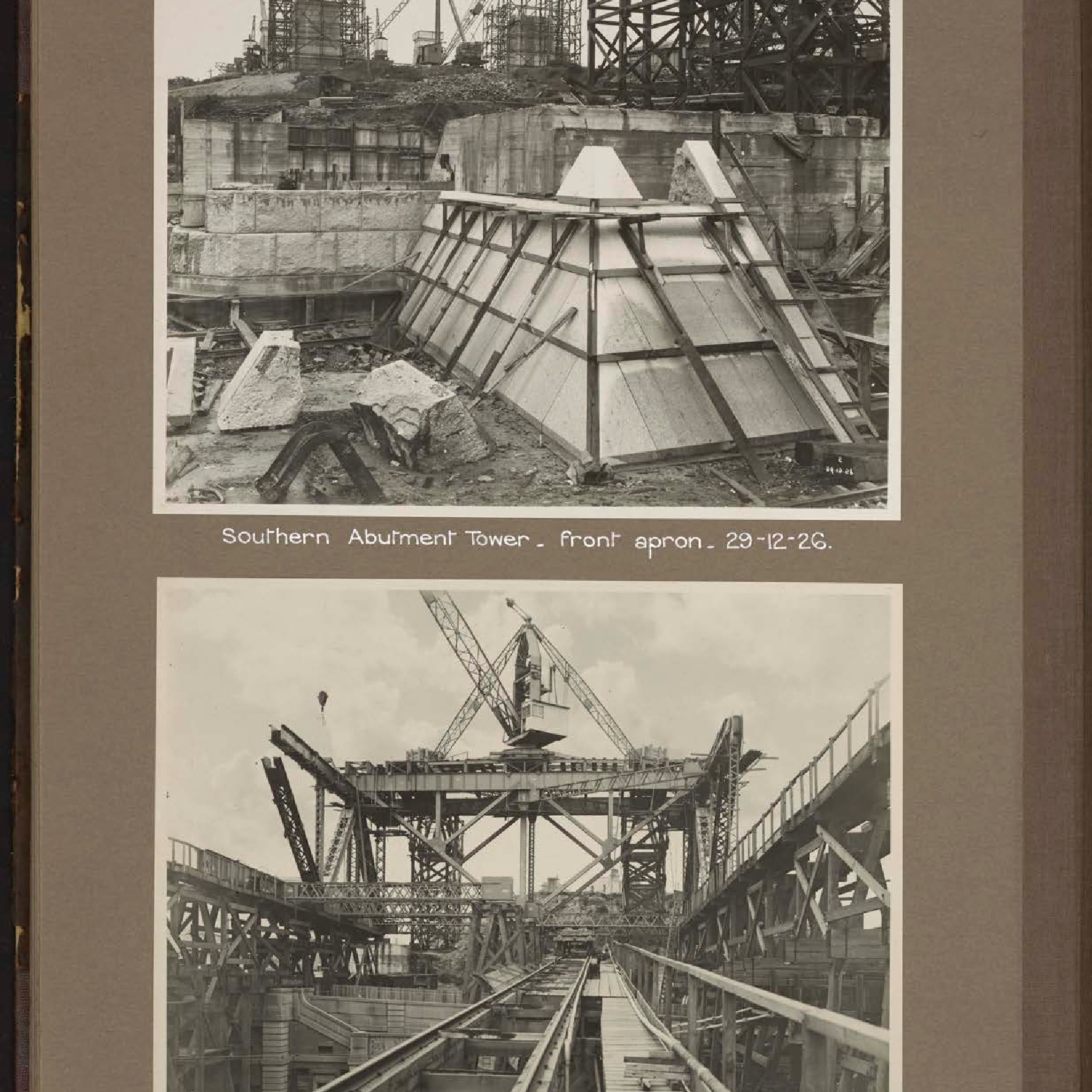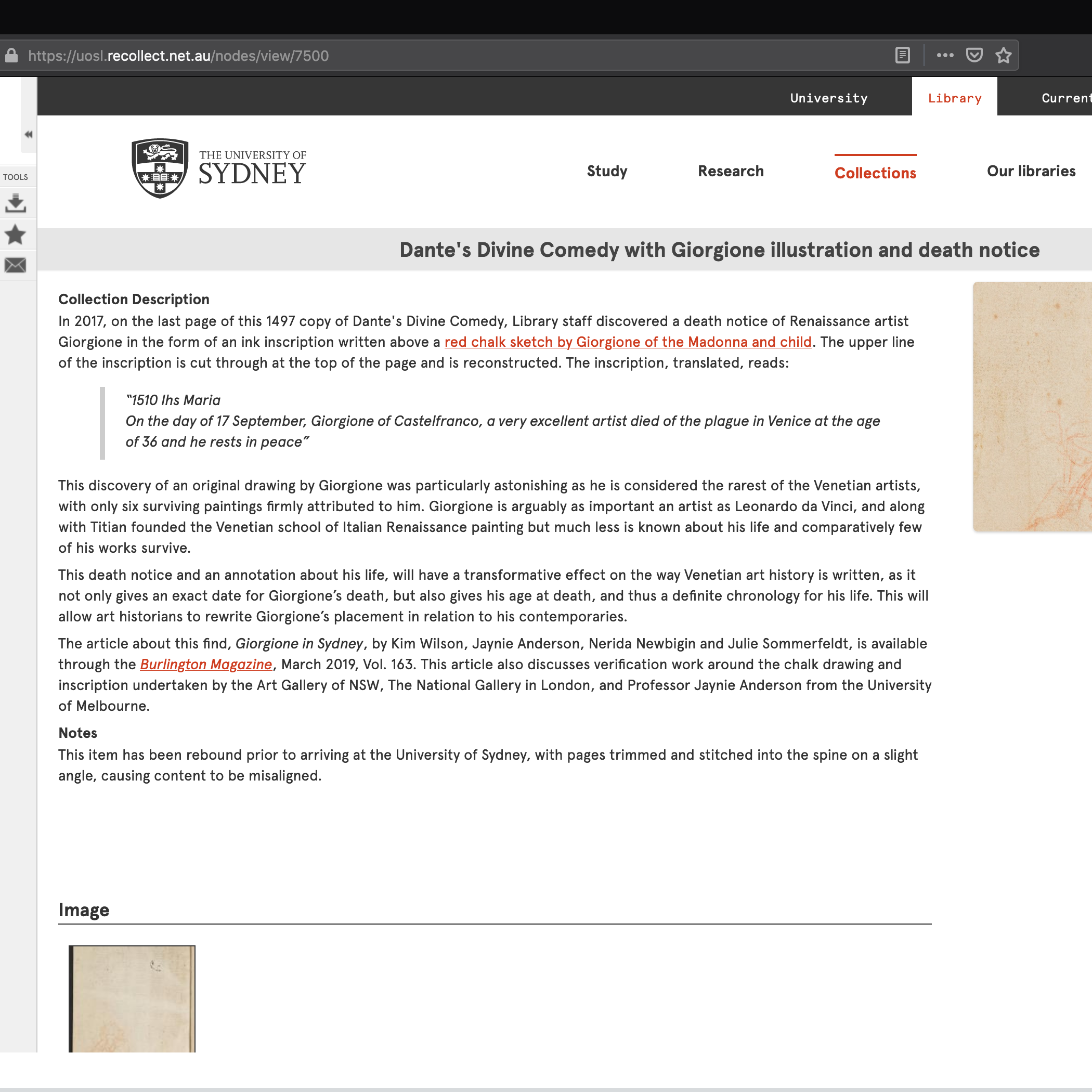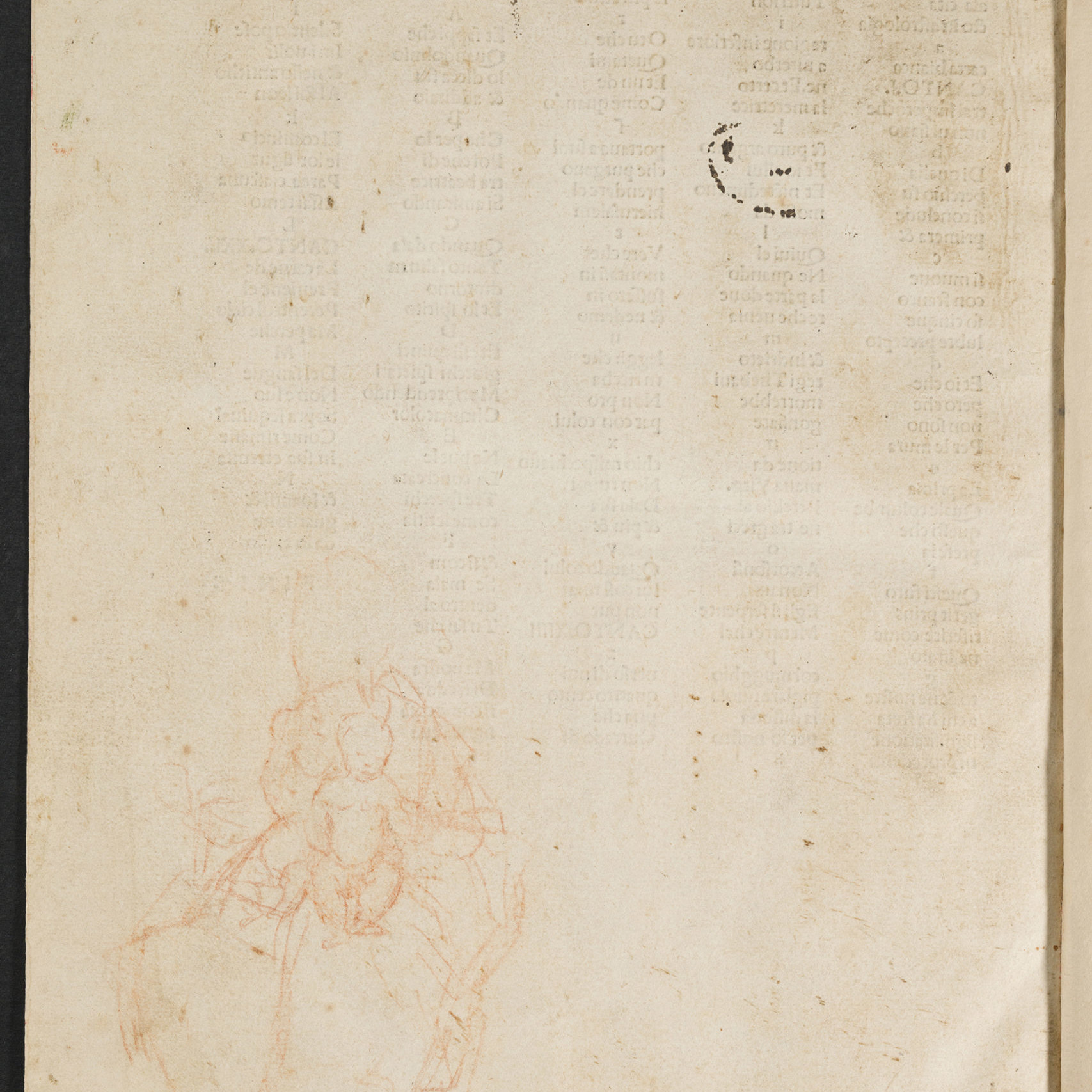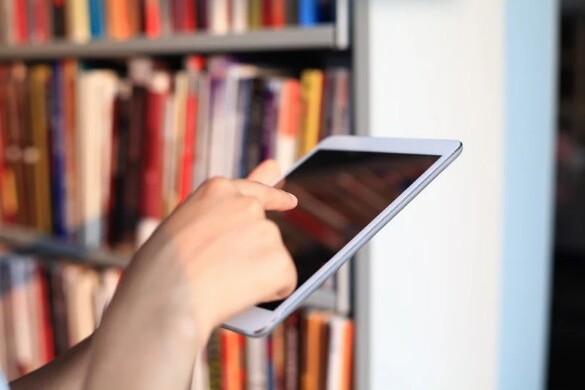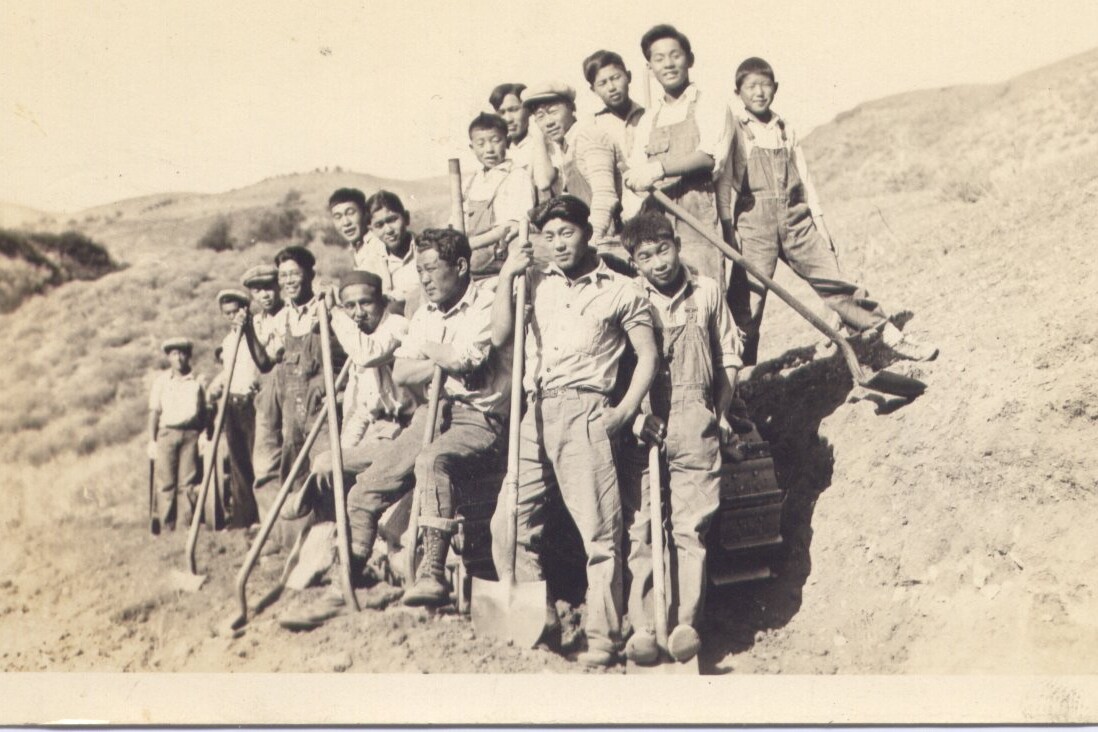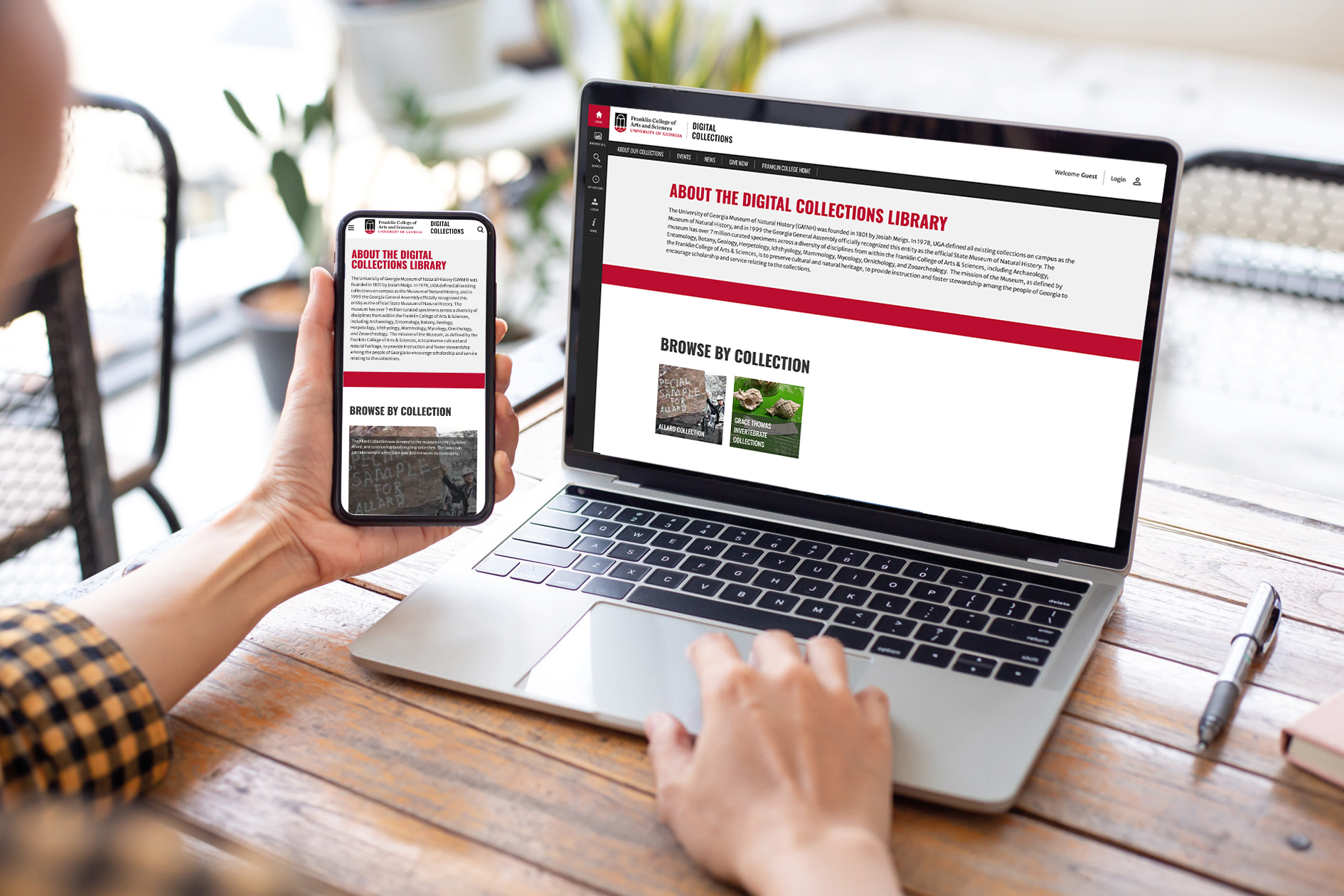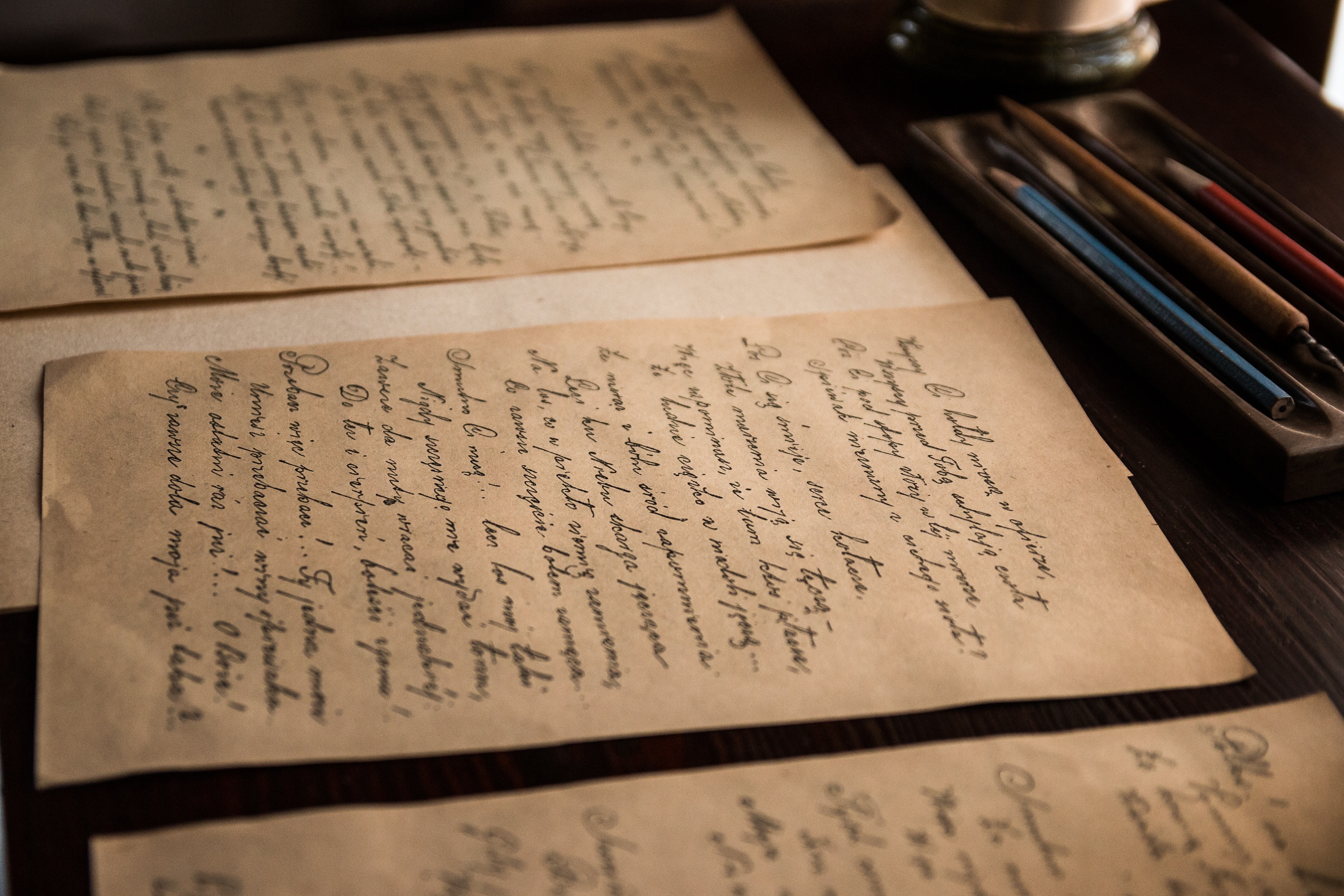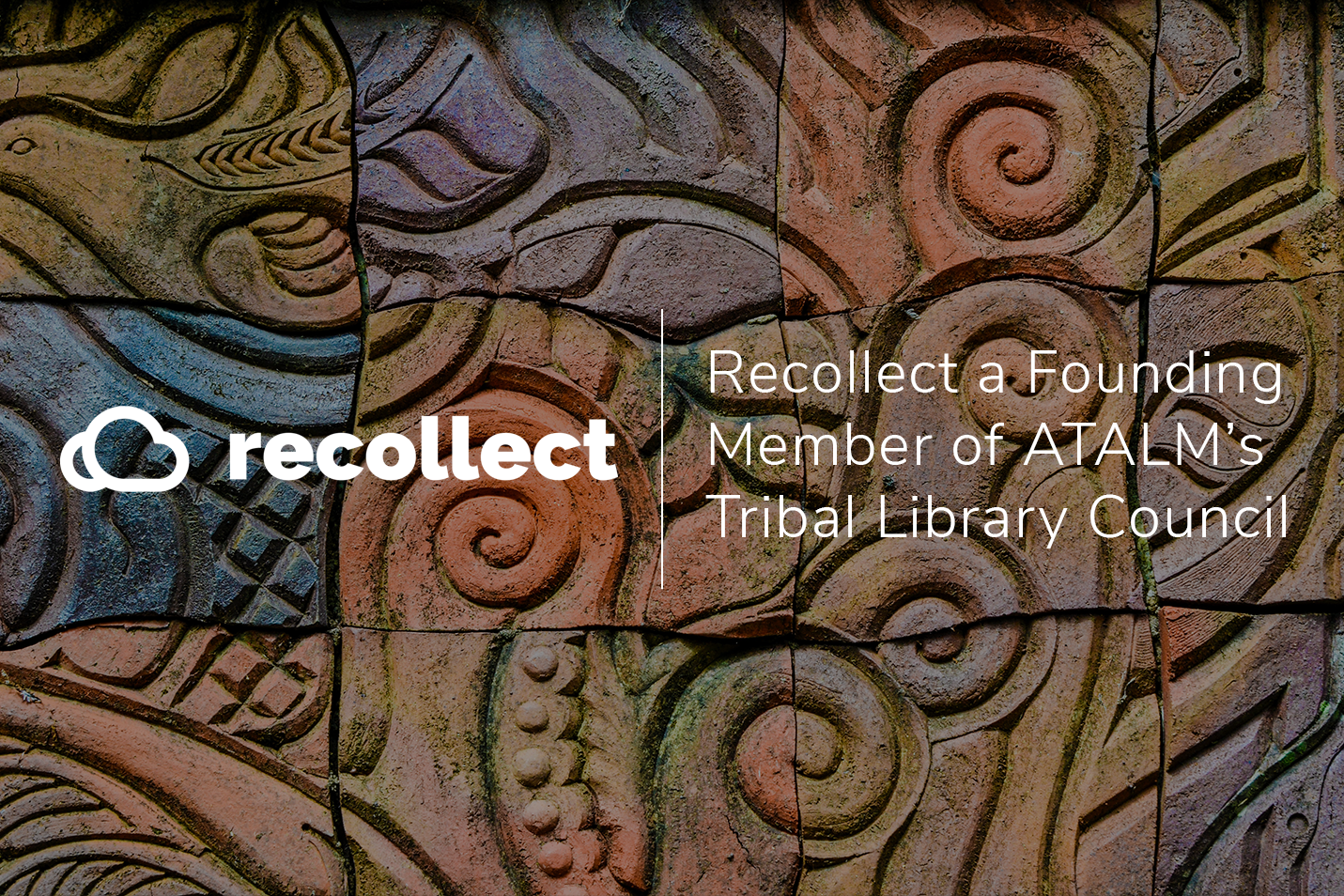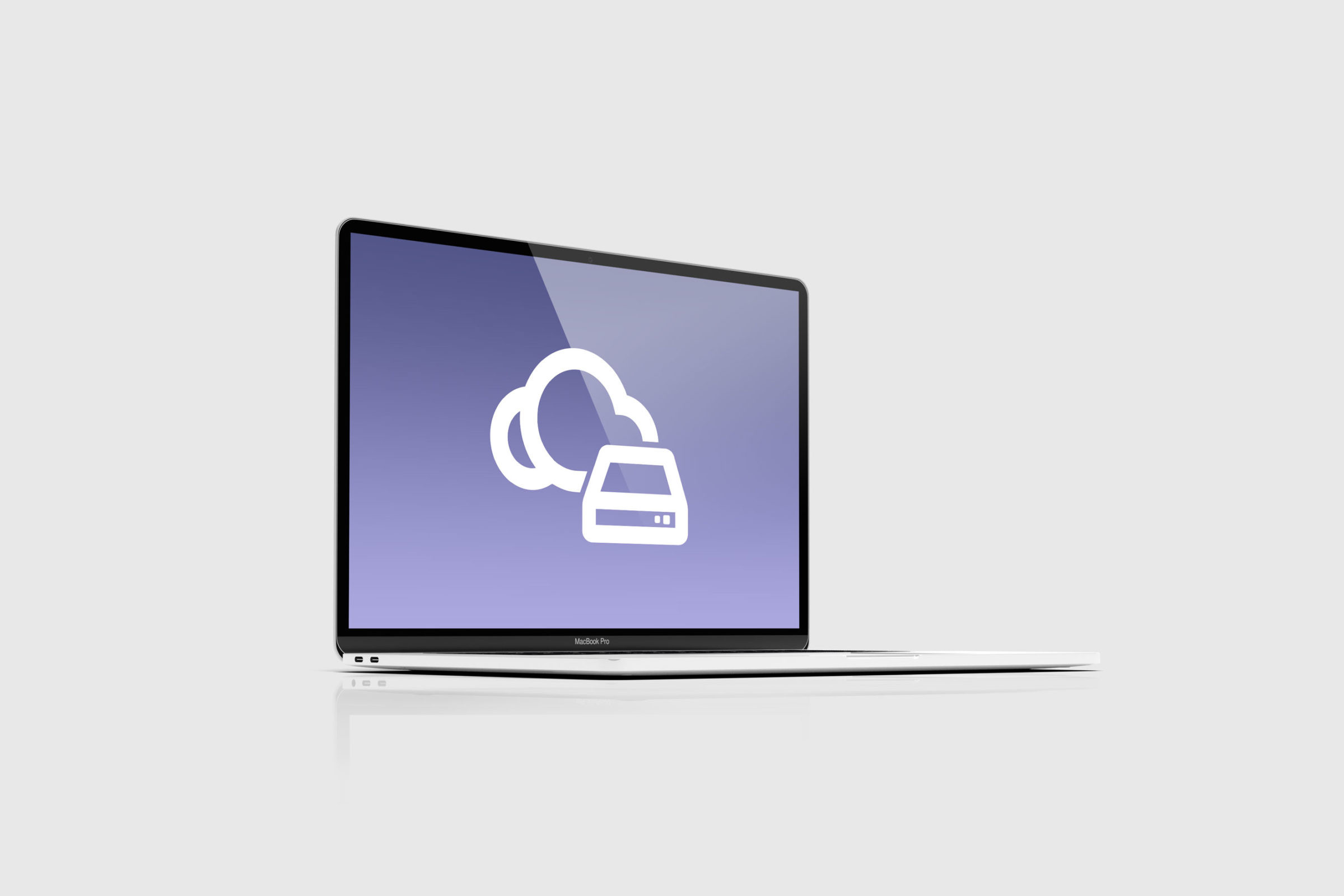How can you strengthen your institutions ability to offer quality education online?
Universities and tertiary institutions across the world have been forced to close as a result of the Covid-19 pandemic. Many have had to re-evaluate how they teach students and adapt to a new way of learning by moving their lectures and tutorials online. This was no easy task and many struggled to give students the same high quality classes that they would receive in person. For many in higher education it is not an ideal situation — lecturers, faculty members, and students alike have had to shift their perspectives of what the academic year will look like.
However, it is not the education disaster that some may proclaim, institutions now have renewed incentive to grow and evolve the way they operate. They can employ new technologies and completely redesign their learning environments into something more engaging and participatory.
Harnessing Technology
The average student relies heavily on technology; they use it to interact with friends, for entertainment, or to share creative projects. It makes sense then, to utilise technology to improve the academic sphere as well and even enhance student experiences. As well as improving learning environments, embracing different technologies and the convenient features they provide can help students build knowledge and a level of digital competency that they can use to increase future employment opportunities.
Successful online teaching requires educators to think creatively to design compelling lessons that might not have been possible in a traditional classroom. Online learning can be much more interactive and engaging than the common model of tertiary learning where students sit silently to listen and take notes. Just as the benefits found in physical, face-to-face interaction must not be underestimated, the advantages of online learning must also be considered.
Innovative online learning could involve:
- Storytelling through video — visually engaging documentaries.
- ‘Choose your own adventure’ scenario — encourage active participation with video or text interspersed with decision-making points that change the story’s direction.
- Zoom or Skype meetings — facilitate student debates surrounding various subjects within the course material.
- Virtual reality field-trips — find interactive video walk-throughs of places like museums where objects can be clicked on for further detail or related video.
- Interactive games — online quizzes or crosswords.
- Moving educational resources online with a content management system — create a comprehensive database for students that holds relevant books, photographs, videos, audio, 3D renders, etc.
Lincoln University’s Living Heritage Tikaka Tōku Iho is an interactive CMS implemented by Recollect. It serves as an online repository containing both current and historic information, photographs, and videos relating to the university. Living Heritage contains a wide range of content, and supports student learning by providing access to Lincoln University publications, academic stories, news items, and research activity. A collection that is used extensively by ecology students is the Entomology Research Collection. Lincoln University has a strong reputation within the field of pest-management and conservation and their entomology collection, managed by John Marris, is one of the largest in New Zealand boasting over 500,000 specimens. From among the collection, species-defining holotype specimens are digitised and uploaded to Living Heritage. It is an incredible resource for researchers to study these insects remotely, let alone in the level of detail they have been digitised.
“Images of the collection’s type specimens provide instant access to researchers around the world, who may want to examine them for taxonomic studies. Historically, these scientifically valuable specimens would need to be borrowed for in-person examination. Access to high quality digital images avoids the risk of damaging these precious specimens.”
– John Marris, Curator Entomology Research Collection, Lincoln University
Aphodius tashigaonae Holotype
https://livingheritage.lincoln.ac.nz/nodes/view/36261
How can a CMS facilitate online learning?
Protect and share academic work
Students, faculty, and even external researchers can use a CMS to share and preserve their academic work. It can support the upload of research documents, theses, and dissertations in a secure pdf format. Scholar’s important work can be stored in a reliable and robust platform that allows access for their academic peers and for future generations.
Assign content for particular classes
A CMS can grant site administrators control over how their digital content is accessed and by whom. They can be afforded a range of access levels that will allow them to specify what material is visible to students or the public — determining what users can find, view, and download from the collections.
Support a wide variety of content
It can be useful to choose a CMS that supports a comprehensive range of content types. Institutions can then upload digitised copies of almost any material they have in their archives and display them in a logical way — including books, manuscripts, maps, photographs, oral histories, music, video, data, theses, dissertations, journal articles, and 3D objects. A CMS can serve as an institution specific online repository that will be an indispensable resource for students, faculty, and other academics. It can also ensure that information is kept up-to-date with more efficient means to edit information.
Academic integrity
Content is safely stored and preserved even when storage systems inevitably change or become obsolete. Access to content on most CMS is reliable and students can be assured that items or documents they have used in their research will not disappear. Additionally, it would be wise to choose a CMS protects URL integrity; that URLs cannot be altered or changed so citations used in academic writing do not break or corrupt. Intellectual property rights and licences can also be protected with a CMS because most offer users the option of applying creative commons, applicable license information, or attribution statements to content when it is uploaded.
Study from anywhere and at any time
Providing digital access to resources and collections can allow students and researchers to access information from anywhere and at any time. Studying and research is no longer restricted to library or archive premises because moving resources online essentially erases your institutions boundaries and opens up limitless options to students.
Inclusive education
By moving collections online, tertiary institutions can ensure they are contributing to an inclusive learning environment through equal access to resources. Studies have shown that students from traditionally marginalised groups often find access to online resources and learning beneficial — including students with disabilities, those from lower socio-economic backgrounds, or minority groups. It can be especially convenient for students who cannot afford to commit to full-time study or be regularly on-campus.
Utilising Primary Sources
Research for history-based academic disciplines is centred around examining fragments of the past and interpreting their meaning. Working directly with the primary source, such as original artefacts or document, is an crucial part of beginning to understand this material and ultimately its contribution to what we know about cultural heritage.
Students are frequently unable to utilise primary source material stored within their institution’s faculty archives or special collections. Undergraduate students in particular are rarely offered the privilege of seeing this material first-hand simply because of the risks involved — including limited knowledge of handling practises and the danger of irreversibly damaging rare items. Having the chance to scrutinize and evaluate both primary and secondary sources is an important part of stimulating learning and advocates for more critical thinking.
Digital Archives and Learning Opportunities
The tactile experience of leafing through aged books or manuscripts within an archive can be an influential moment for any student but issues surrounding funding, location, and time make it an unlikely reality. While students rarely have access to physical archives, digital archives can instead fill this gap by offering endless access to students. Digital archives allow students to experience the power of archival research and the ways that documents and artefacts can shape our understanding of the past. It can open up compelling class discussions about history, memory, and meaning. Lecturers can even ask their students to take part in class projects like cataloguing, archiving, and transcribing collections within a CMS.
Digitisation of primary sources has opened up more opportunities for students to examine archival collections within their tertiary institution. Uploading these digital collections to an online platform means that students are given the chance to discover, examine, interpret, and assess primary sources to support their course work.
A CMS can improve learning practises by allowing students to research in a more participatory way. They will not be simply reading someone else’s interpretation of a primary source, but instead have the opportunity to analyse the material for themselves and come to their own conclusions.
The University of Sydney Library chose the Recollect CMS as an online repository for its Digital Collections. These are extensive and contain a number of historically important artefacts including photographs, rare books, artworks and letters as well as academic resources such as eBot. One notable example is the Sydney Harbour Bridge construction collection, containing unique and rare photographs of the decades-long project to build the Sydney Harbour Bridge, from 1870 to 1929. As the designer of the bridge, John Bradfield, was a University of Sydney graduate, the Library has a particular interest; its Rare Books and Special Collections holds several items of great significance to the construction. Digitising these items and making them available through Recollect has guaranteed that students and researchers can access this remarkable collection.
Image from Sydney Harbour Bridge and city railway construction, Volume 3
https://digital.library.sydney.edu.au/nodes/view/7677
What features make Recollect an excellent CMS and online learning platform for tertiary institutions?
Content is preserved in reliable and secure environment.
Access for students today and for generations to come.
Allows for multiple access options: public, institution-only, and faculty-only.
Supports a wide variety of content types: books, manuscripts, maps, photographs, oral histories, music, video, theses, dissertations, journal articles.
All resources can be found within one platform.
Comprehensive search tools.
Promotes interactive, participatory, engaging learning.
Ability to share resources and implement crowd-sourcing assignments.

References and resources
-
- Cvetkov, T. (2020, April 18). Therefore | Therefore | 6 Benefits of a Digital Repository. Retrieved from https://www.therefore.net/6-benefits-of-a-digital-repository/
- Gasevic, D. (2020, April 27). COVID-19: The steep learning curve for online education. Retrieved from https://lens.monash.edu/@education/2020/04/26/1380195/covid-19-the-steep-learning-curve-for-online-education
- GEM Report. (2020, May 7). Flexible learning during Covid-19: how to ensure quality higher education at a distance. Retrieved from https://gemreportunesco.wordpress.com/2020/05/07/flexible-learning-during-covid-19-how-to-ensure-quality-higher-education-at-a-distance/
- Houlden, S. (2020, March 12). Coronavirus pushes universities to switch to online classes — but are they ready? Retrieved from https://theconversation.com/coronavirus-pushes-universities-to-switch-to-online-classes-but-are-they-ready-132728
- LeBlanc, P. (2020, March 30). COVID-19 has thrust universities into online learning—how should they adapt? Retrieved from https://www.brookings.edu/blog/education-plus-development/2020/03/30/covid-19-has-thrust-universities-into-online-learning%E2%81%A0-how-should-they-adapt/
- Linney, S. (2020, March 25). How Universities are Embracing Online Learning During the Coronavirus Outbreak. Retrieved from https://www.qs.com/how-universities-are-embracing-online-learning-during-the-coronavirus-outbreak/
- Nygren, T. (2014). Students Writing History Using Traditional and Digital Archives. Human IT, 12(3), 78–116. Retrieved from http://umu.diva-portal.org/smash/record.jsf?pid=diva2%3A737456&dswid=4503
- Rosinbum, J. (2017, November 30). Teaching with Digital Archives. Retrieved from https://www.historians.org/publications-and-directories/perspectives-on-history/november-2017/teaching-with-digital-archives
- Seville, C. (2020, March 26). Responding to Covid-19: The Good, the Bad and the Ugly of Teaching Online. Retrieved from https://www.icde.org/icde-blog/2020/3/26/responding-to-covid-19
- Stanford Libraries. (n.d.). Stanford Digital Repository. Retrieved from https://library.stanford.edu/research/stanford-digital-repository
- Verheijen, A. (2020, May 27). The rise of online classes after COVID-19: best practices based on literature. Retrieved from https://feedbackfruits.com/blog/the-rise-of-online-classes-after-covid-19-best-practices-based-on-literature
- Victoria University of Wellington. (2020, April 30). Online learning tips | COVID-19 | Victoria University of Wellington. Retrieved from https://www.wgtn.ac.nz/covid-19/students/academic-advice-to-students/online-learning-tips





